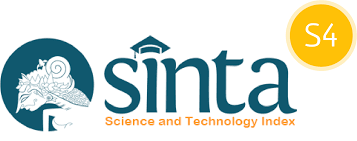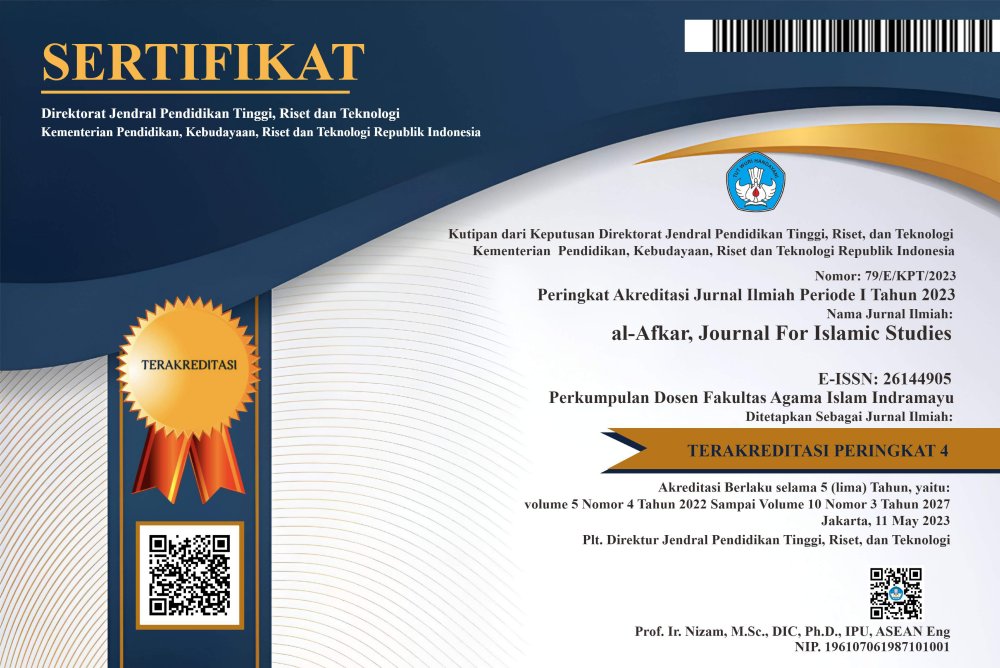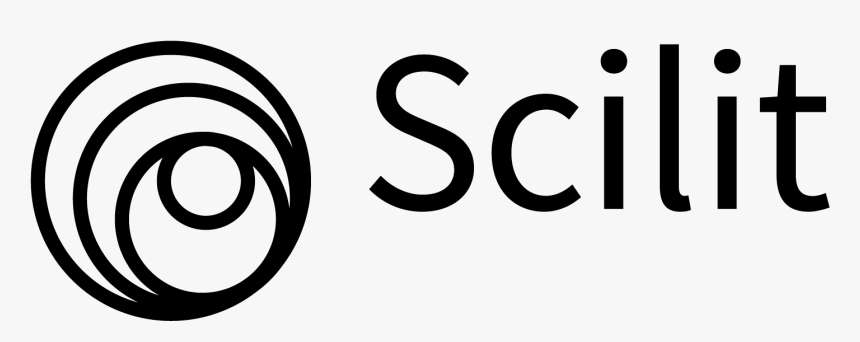The Concept of Memayu Hayuning Bawana Perspective of Marcus Aurelius: A Descriptive Analysis Study
DOI:
https://doi.org/10.31943/afkarjournal.v6i3.591Keywords:
Marcus Aurelius, Memayu Hayuning Bawana, Stoicisme, ModernizationAbstract
It has become an unavoidable thing that modernization also brings negative effects. As a result, westernized behavior, moral decadence and spiritual dryness appear to be increasingly widespread. This needs a way as an antidote to this. One way is to return to the principles of life that are used as a form of local wisdom. The principle of life is Memayu Hayuning Bawana. This Javanese philosophy has a deep meaning that directs humans to their main goal, namely obtaining true happiness. In this study, the philosophical concept of Memayu Hayuning Bawana will be studied through the perspective of a Stoicist figure, Marcus Aurelius. This research is a type of qualitative research with descriptive analysis. There are two types of research data sources, namely primary and secondary. The data collection method is literature research which can be interpreted as an activity to search for relevant themes using several materials such as books, theses, dissertations, articles and so on. After that, the data was analyzed using the model from Miles and Huberman namely reduction, data display, and conclusion. The results of this study indicate that the concept of meayu hayuning bawana is an attempt by the Javanese to protect, care for and beautify life. These efforts can be centered on three values, namely the relationship between humans and nature, God and humans. When the three values are aligned, the peak that will be achieved is a life that is safe and happy in essence.
Downloads
References
A. Setyo Wibowo. (2019). ”Ataraxia: Bahagia Menurut Stoikisme”. PT Kanisius.
Abdulsyani. (1994). Sosiologi, Skematika, Teori, dan Terapan. Bumi aksara.
Darmalaksana, W. (2020). Sitasi Ilmiah Menggunakan Perangkat References pada Microsoft Word. Jurnal Kelas Menulis UIN Sunan Gunung Djati Bandung, 1.
Donald Robertson. (2019). How To Think Like A Roman Emperor The StoicPhilosophy Of Marcus Aurelius. St. Martin’s Press.
Endraswara, S. (2016). Memayu Hayuning Bawana. Penerbit Narasi.
Haidi Hajar Widagdo. (2012). Relasi Alam dan Agama (sebuah upaya penyelarasan antara Budaya Mistis dengan Pelestarian Alam. Jurnal Esensia, XIII, 268.
Isop Syafe’i. (2012). Hakikat Manusia Menurut Islam. Jurnal Ilmiah Psikologi, V(1), 743–755.
Isop Syafe’i. (2013). Hakikat Manusia Menurut Islam. Jurnal Ilmiah Psikologi, 6.
Mercus Aurelius. (2021). MEDITATIOS. Naura Books.
Miles, & Huberman. (1992). Analisis Data Kualitatif. Universitas Indonesia Press.
Mulyadhi Kartanegara. (2016). Lentera Kehidupan : panduan memahami Tuhan, Alam, dan Manusia (Ahmad Baiquni, Ed.). Mizan Pustaka.
Ningrum. (2017). Pengaruh Penggunaan Metode Berbasis Pemecahan Masalah (Problem Solving) Terhadap Hasil Belajar Ekonomi Siswa Kelas X Semester Genap Man 1 Metro Tahun Pelajaran 2016/2017. Jurnal Promosi, 5(1), 145–151.
Sugihen, B. T. (1997). Sosiologi Pedesaan (Suatu Pengantar). Raja Grafindo Persada.
Sugiyono. (2009). Memahami Penelitian Kualitatif. Alfabeta.
Suryana. (2010). Metodologi Penelitian (Model Praktis Penelitian Kuantitatif dan Kualitatif). Universitas Pendidikan Indonesia.
Suwardi Endraswara. (2013). Memayu Hayuning Bawana, Laku Menuju Keselamatan dan Kebahagiaan Hidup orang Jawa. Narasi.
Walda Marison. (n.d.). ”Kriminal kemarin, dari beras bansos hingga anggota polisi tertembak” . Retrieved August 5, 2022, from https://www.antaranews.com/berita/ 3040021/kriminal-kemarin-dari-beras-bansos-hingga-anggota-polisi-tertembak
Downloads
Published
How to Cite
Issue
Section
License
Copyright (c) 2023 Nur Muhammad Khoirul Umam, Muhlas

This work is licensed under a Creative Commons Attribution 4.0 International License.



















